Introduction
As gardeners and land stewards, we often find ourselves locked in a constant battle against invasive weeds, with common ragwort ranking among the most formidable adversaries. Its relentless growth and rapid spread can swiftly overrun fields, pastures, and gardens if left unchecked. In this comprehensive guide, we delve into the best common ragwort treatment strategies, aiming to combat this persistent weed while decreasing environmental impact and adhering to regulatory guidelines.
Understanding and Finding the Best Common Ragwort Treatment
Common ragwort, scientifically known as Senecio jacobaea, is a biennial or perennial plant native to Europe and parts of Asia and Africa. It typically thrives in open spaces such as fields, meadows, roadsides, and waste areas, often making its presence known with its vibrant yellow blooms. Identifying common ragwort is relatively straightforward, as it features deeply lobed leaves that are dark green and slightly hairy, accompanied by clusters of bright yellow daisy-like flowers that bloom from June through October.
Despite its aesthetic appeal to pollinators like bees and butterflies, common ragwort poses a significant threat to livestock and native ecosystems due to its toxicity. Ingestion of common ragwort by livestock, particularly horses and cattle, can lead to liver damage and even death. Additionally, its prolific seeding and rapid spread can outcompete native vegetation, disrupting ecological balance.
To effectively manage common ragwort infestations, it’s crucial to implement the best common ragwort treatment strategies. These may include manual removal, herbicide application, or biological control methods. However, any treatment approach must be carried out with care to minimise harm to non-target species and ecosystems.
Origins and Spread
Common ragwort’s journey to the UK likely began centuries ago, possibly arriving as a contaminant in imported agricultural goods or as an ornamental plant. Once introduced, its adaptable nature and prolific seeding allowed it to establish itself quickly in various habitats. Over time, common ragwort has spread extensively across the country, particularly in areas characterised by disturbed or neglected land.
Addressing the spread of common ragwort requires effective management strategies that target its growth and reproduction. Implementing the best common ragwort treatment methods is essential for controlling its population and minimising its impact on livestock and native ecosystems. This may involve a combination of manual removal, herbicide application, and biological control measures, customised to the specific conditions and scale of infestation.
Consequences of Unmanaged Common Ragwort
The consequences of leaving common ragwort unmanaged can be dire, posing threats to both human health and the environment. One significant concern is the plant’s toxicity to livestock, as it contains pyrrolizidine alkaloids. When ingested by cattle, horses, or sheep, common ragwort can lead to severe liver damage and, in extreme cases, even death. This presents a serious risk to agricultural industries and animal welfare.
Moreover, common ragwort’s aggressive growth habits allow it to outcompete native vegetation, leading to a decline in biodiversity and disruption of fragile ecosystems. As it spreads unchecked, it can dominate pastures, meadows, and other natural habitats, reducing forage availability for livestock and disrupting the balance of local flora and fauna.
To mitigate these risks, it is crucial to implement the best common ragwort treatment methods to control its spread and minimise its impact on both livestock and the environment. Effective management strategies include targeted herbicide application, manual removal, and biological control measures, tailored to the specific conditions and scale of infestation.
Responsibility and Legal Obligations
Gardeners and landowners carry a significant legal responsibility when it comes to managing common ragwort on their property, as outlined in the Weeds Act 1959. Under this legislation, it is not only illegal to intentionally plant common ragwort but also incumbent upon individuals to take proactive measures to control and eradicate it if discovered on their land. Failure to do so could result in legal consequences, given the plant’s detrimental impact on agriculture, livestock, and native ecosystems.
Moreover, reporting sightings of common ragwort to the Department for Environment, Food & Rural Affairs (Defra) is essential for preventing its spread and facilitating effective management efforts. By promptly identifying and addressing infestations, gardeners and landowners can help contain the problem and protect neighbouring properties and natural habitats from further invasion.
To fulfil these legal obligations effectively, it is essential to employ the best common ragwort treatment methods available. This may involve a combination of approaches, such as targeted herbicide application, manual removal, and biological control measures, adapted to the specific circumstances and scale of infestation. By implementing these strategies in accordance with legal requirements, individuals can play a vital role in combating the spread of common ragwort and preserving the health and integrity of their surrounding environment.
The Best Common Ragwort Treatment
Effective treatment methods for common ragwort offer a range of options suited to different scenarios, ensuring efficient control while reducing environmental impact. One such method is manual removal, which involves hand-pulling or digging out ragwort plants, particularly effective for small infestations or in garden settings. This approach not only eliminates the immediate threat but also prevents the spread of seeds and regrowth. However, it requires careful disposal to prevent further contamination and ensure long-term control, making it a valuable component of the best common ragwort treatment strategies.
In cases where manual removal is impractical, herbicide application provides an effective alternative for controlling larger infestations or managing ragwort in agricultural settings. Selective herbicides containing active ingredients like glyphosate or 2,4-D target ragwort specifically while minimising harm to surrounding vegetation. When applied correctly during the plant’s active growth phase, herbicides can achieve significant control with minimal environmental impact, making them an integral part of the best common ragwort treatment protocols.
Biological control offers another sustainable option for managing common ragwort populations over the long term. Introducing natural predators such as the cinnabar moth, which feeds exclusively on ragwort plants, can help suppress infestations without the need for chemical intervention. While biological control methods may take longer to yield results compared to herbicides, they offer ongoing suppression and can contribute to sustainable weed management practices, aligning with the principles of the best common ragwort treatment strategies.
NGS Offers the Best Common Ragwort Treatment
At NGS, we understand the challenges of managing common ragwort and other invasive weeds. Our team can provide attuned solutions and assistance with treatment methods to effectively control ragwort infestations while preserving the health and integrity of your garden or land. Whether you’re dealing with a small garden plot or a larger agricultural area, we offer personalised advice and support to implement the best common ragwort treatment strategies for your specific needs.
From manual removal techniques to herbicide application and biological control methods, we’ll work with you to develop a comprehensive plan that ensures effective control of common ragwort while cutting down on environmental impact. With NGS by your side, you can rest assured that your ragwort management efforts are in expert hands, leading to a healthier and more vibrant outdoor space for you to enjoy. To find out more about how we have waged war on weeds send us a message via our Contact Us page!
Conclusion
In the ongoing battle against common ragwort, proactive management and responsible stewardship are essential. By understanding the plant’s characteristics, including its rapid growth and toxic properties, gardeners and landowners can take the necessary steps to prevent its spread. Complying with legal obligations, such as reporting sightings to authorities and implementing control measures, is crucial in containing common ragwort infestations and diminishing their impact on livestock and native ecosystems.
To effectively combat common ragwort, it’s imperative to employ the best common ragwort treatment methods available. This may include manual removal for smaller infestations, selective herbicide application for larger areas, or the introduction of natural predators for long-term control. By utilising a combination of these strategies and seeking guidance from experts like NGS, individuals can tackle common ragwort infestations with confidence and ensure the health and vitality of their surroundings.

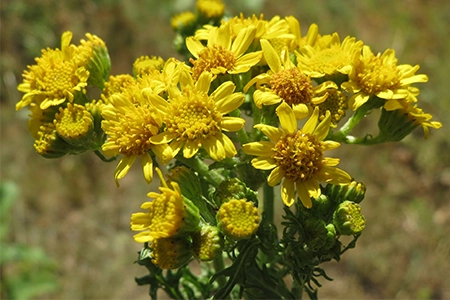

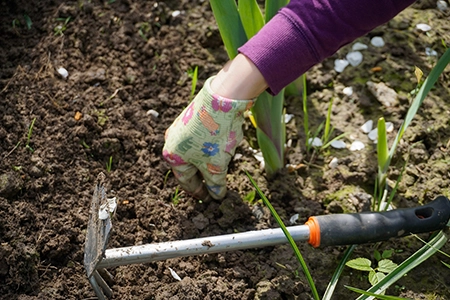
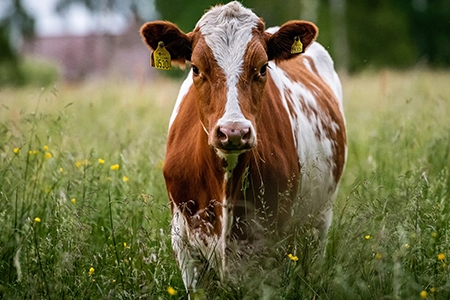
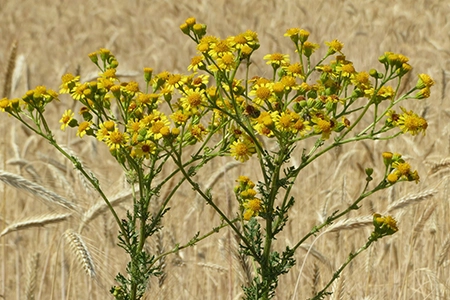
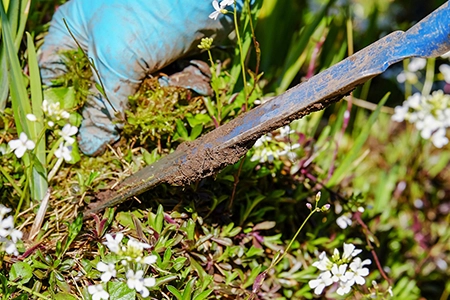








2 Responses
My brother recommended I might like this blog. He was entirely right. This post actually made my day. You can not imagine simply how much time I had spent for this information! Thanks!
Thank you for you kind words, I’m glad this article proved useful for you!